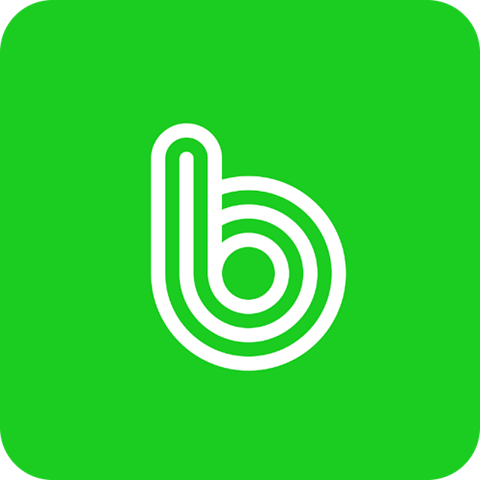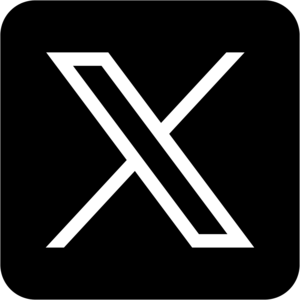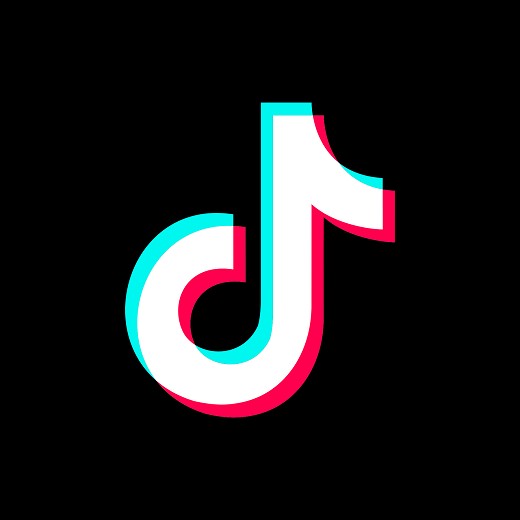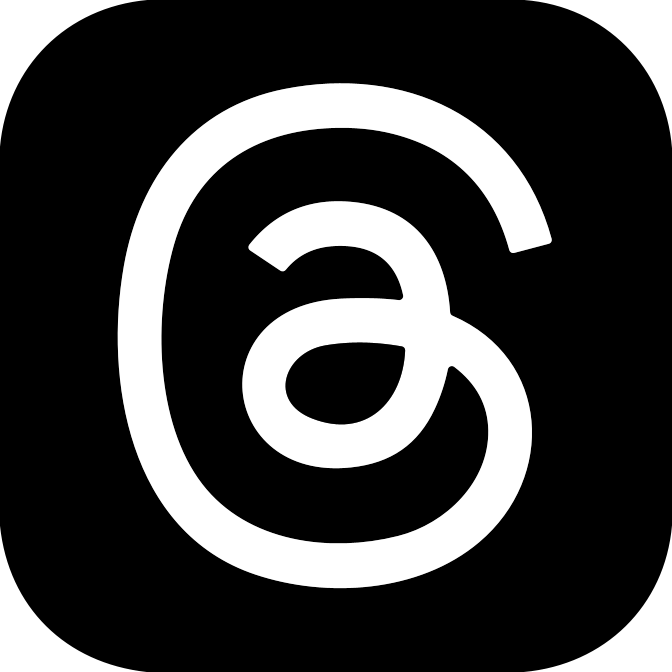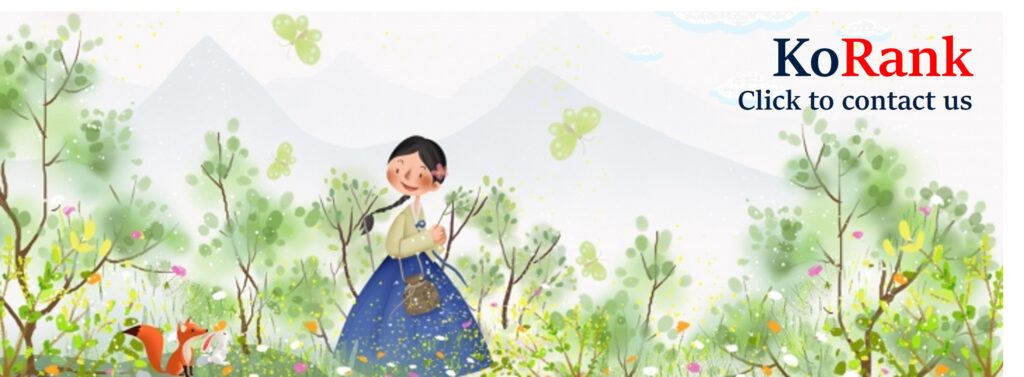Most Popular Social Media Apps in Korea – August 2025
Korea has always been at the forefront of digital adoption, and nowhere is this more evident than in the rise of social media apps Korea users rely on every day. From Seoul’s bustling cafés to university campuses and corporate offices, people constantly scroll, share, and engage on platforms that shape not only entertainment but also culture, communication, and commerce. In August 2025, the competition among these apps is fiercer than ever, as both global giants and local innovators fight for user attention in one of the world’s most connected markets.
The Digital Pulse of Everyday Life
For Koreans, social media apps are more than just tools to post photos or chat with friends. They are lifestyle platforms. Whether it’s shopping through live commerce, joining fandom communities, or discovering the latest viral memes, these apps serve as gateways into trends that quickly ripple across Asia and beyond. The August 2025 rankings highlight this evolution: international players continue to hold their ground, but domestic apps show strong growth thanks to their cultural alignment and localized features.
Why Marketers Should Pay Attention
Understanding social media apps Korea isn’t just about knowing which platforms are trending; it’s about recognizing how users behave. Korean consumers are early adopters who quickly set global trends, and their engagement patterns often predict what will become mainstream elsewhere. For brands, this means that tracking these rankings isn’t optional—it’s essential. The apps dominating August 2025 reveal where attention is flowing, what kind of content resonates, and how social commerce is reshaping the way people interact with products and influencers.
Korea’s social landscape moves fast, and social media apps Korea users rely on are more than communication tools — they’re discovery engines, commerce channels, and culture-makers. Mobile penetration is near-universal, and the platforms below represent where Koreans spend attention: visual storytelling, tight-knit communities, long-form discussion spaces, and challenge-driven short video. For marketers and product teams, understanding differences in usage, demographic skew, and local features is essential to craft content that feels native rather than imported. This August 2025 snapshot highlights how each major app functions in Korea’s unique digital ecology — and where you should test content, ads, or partnerships.
Instagram - Visual-first social app and influencer economy
Instagram remains one of the top social hubs in Korea, used by a broad age range but especially strong among younger millennials and Gen Z. In Korea, Instagram is both a discovery tool for trends (fashion, beauty, restaurants) and a commerce gateway through shoppable posts, Reels, and influencer collaborations. Marketers use Instagram for glossy brand storytelling, micro-influencer seeding, and short video ads aimed at product launches. Demographically, data shows Instagram usage in Korea skews female and is concentrated in the 18–34 bracket, making it ideal for lifestyle and consumer brands targeting trend-minded audiences. Because Instagram prioritizes visual polish, campaigns that combine high-quality creative with native Reels formats tend to outperform straightforward ad creative.
Naver Band - Private groups and interest-based social networking
Naver Band is Korea’s go-to app for closed groups and club-style communities. Unlike open social feeds, Band organizes users into private spaces for hobbies, schools, fandoms, and workplaces — making it excellent for hyper-targeted community marketing. Naver reports strong monthly active user numbers and positions Band as a complementary app to Naver’s broader ecosystem, where localized interest groups exchange recommendations and event info. Brands and agencies often use Band for neighborhood campaigns, focused fan engagement, and offline event mobilization since members have high intent and trust within their circles. For marketers, Band offers a lower-noise channel to test offers and build loyalty among tightly defined segments.
Naver Cafe - Topic forums, long-form discussion and discovery
Naver Café functions similarly to international forums or Reddit communities but is deeply localized and organized by niche interests — everything from parenting and beauty to collector communities. Cafés are discovery and validation hubs: users consult threads for product recommendations, DIY tips, and long-form user reviews. For brands, Naver Café is a high-value place to build credibility: sponsor an expert AMA, seed genuine testimonials, or work with trusted community moderators. The platform’s structured forums mean content has a longer shelf life than short videos; quality posts continue driving traffic and influence weeks later. Naver Café’s utility as a marketing channel is its ability to surface authentic conversation and generate word-of-mouth in specialized verticals.
Facebook - Broad reach and cross-generational engagement
Although Facebook’s cultural peak has passed in some markets, it still maintains wide reach in Korea—especially among older millennials and Gen X—serving as a reliable place for event promotion, community groups, and long-form posts. Recent stats indicate tens of millions of profiles in Korea, with the largest age cohorts in the 25–34 and 35–44 brackets. For brands, Facebook is useful when targeting families, professionals, or older consumers who prefer text, links, and event tools over short video formats. It’s also frequently used for customer service and official brand pages where trust and detailed information matter.
X (formerly Twitter) - Real-time conversation and trend seeding
X remains an important platform for real-time news, influencer commentary, and trend seeding in Korea. While it’s not the largest by MAU compared to visual apps, X’s strength lies in public discourse — breaking news, fan reactions, and meme propagation often start here and then ripple to other social media. Demographically, X skews adult and male in many global datasets, and in Korea it’s popular with tech-savvy users, media professionals, and engaged fandom communities. For marketer use, X is powerful for PR amplification, rapid responses, and topical campaigns that require immediacy and conversational engagement.
TikTok - Short video, discovery, and Gen Z culture
TikTok’s short-form format makes it a primary discovery engine for Gen Z and younger millennials in Korea. Brands looking to tap viral moments, dance challenges, or product hacks find TikTok a fertile ground because of its algorithmic push for new, engaging content. Usage data shows a heavy concentration in the 18–34 segment, with expanding adoption among older groups. Successful Korea-focused TikTok campaigns combine local sounds, K-pop tie-ins, and influencer-led micro-challenges. Given the platform’s emphasis on authenticity and viral mechanics, creative that invites participation (duets, reaction videos) tends to scale fastest.
Threads - Emerging text-plus community with fast growth potential
Threads has emerged as an interesting newcomer in Korea, seeing rapid user adoption after launch and attracting a younger audience interested in short, threaded conversations and memes. The platform’s growth in Korea has been notable, driven by users looking for a lighter, social-first alternative to more formal networks. Threads is increasingly used by creators to cross-post micro-commentary, test meme formats, and engage with fans through text-led threads. For marketers, Threads offers early-mover advantages: trend experiments, unfiltered audience feedback, and a new playground for meme seeding before trends spill to other apps.
Quick Takeaways for Marketers
Across these social media apps Korea users favor, common themes emerge: mobility (mobile-first content), community (tight interest groups and cafés), and virality (short video + meme culture). To succeed, brands should localize creative, choose the right app for intent (discovery vs. close-knit recommendations), and design participatory activations that invite user content rather than interrupt their feed. Monitor real-time signals on X and Threads, seed participatory Reels/TikToks, and cultivate trusted presence in Naver Café/Band to build long-term word-of-mouth.
Navigating Social Media Apps Korea in 2025
Understanding the dynamics of social media apps Korea is essential for any marketer hoping to reach audiences in one of the world’s most digitally sophisticated markets. Unlike Western platforms where a few giants dominate, Korea’s ecosystem is fragmented and highly specialized. Instagram and TikTok drive trend discovery, especially for Gen Z, while Naver Band and Naver Café anchor community-based trust networks. Facebook continues to offer reach across generations, and newer entrants like Threads reveal where early adopters are experimenting with fresh formats.
For global brands, this diversity means there is no single winning channel. Success comes from adapting campaigns to each app’s cultural role. On Instagram, consumers expect polished visuals and influencer-driven storytelling. On TikTok, users respond to authentic, playful content tied to music or challenges. Naver Café demands credibility and conversation, not one-off promotions. And on Band, tight-knit groups reward consistent value and relevance. In other words, the same message will not work everywhere; tailoring creative to context is critical.
Looking ahead, the balance between private community platforms and viral short-video apps will shape Korea’s digital culture. Marketers who treat social media apps Korea not only as ad spaces but also as cultural arenas will gain deeper traction. By listening to user behavior, embracing localized trends, and engaging authentically in communities, brands can move beyond awareness to real influence in the Korean market.



